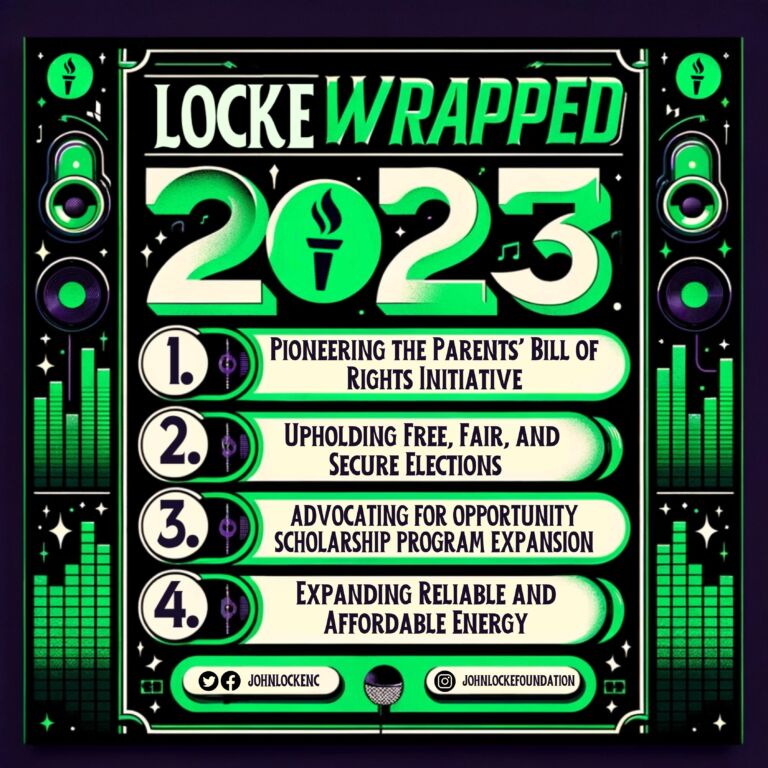Tevi Troy explores for New York Observer readers the political implications of President Obama’s nontraditional media appearances.
Throughout his campaigns and his presidency, Obama has relentlessly used friendly, non-traditional media to reach receptive but disengaged voters. His continued preference for talk shows, podcasts, twitter, and a host of other new media is clearly influencing the presidential campaigns and will likely impact future presidencies as well.
Obama’s approach worked, in both of his elections and at key points of his presidency. In the 2008 campaign, 18 percent of voters were young voters, who overwhelmingly backed Obama. Thanks to his use of non-traditional platforms in the 2012 cycle, including the BS (Bill Simmons) Report Podcast, as well as local DJs and non-political talk shows, an even higher 19 percent of the 2012 electorate was young voters, who again heavily backed Obama. As president, Obama endured the comic barbs of Zach Galifianakis on his “Between Two Ferns” show, but the result was a surge in people signing up for the healthcare.gov website Obama had gone on the show to plug.As a candidate, Obama’s use of non-traditional media was an innovative, but strategic, necessity. He was, after all, a non-traditional candidate running against the party’s establishment choice; he needed to use new and different ways to get out and excite voters. Obama and his team also recognized that standard, mainstream media outlets were dwindling in power. Appearing on the CBS Evening News or in a New York Times interview no longer had the reach that they once did.
As Obama moves toward the end of his presidency, the 2016 candidates will have to wrestle with the question of their willingness to be as enterprising in their choices of media as Obama. In fact, Obama’s expansive approach towards new media outlets presents a challenge for 2016 candidates: On the Democratic side, it would be hard for a 67-year-old Clinton (or 73-year-old Bernie Sanders, or a 72-year-old Biden) to pull it off as successfully as Obama did. On the GOP side, appearing on irreverent faux news shows, late night programs, or podcasts might be alienating to the voters they’re trying to get, not to mention the fact that liberal hosts might not want to give Republicans the microphone as often as they give it to Democrats.
The fact that Obama appears young and hip, and he pals around with Hollywood celebrities, still gives him an edge over all of the likely candidates, Republican and Democrat alike. Even so, Obama’s media approach is having an impact on his less cool would-be successors.


